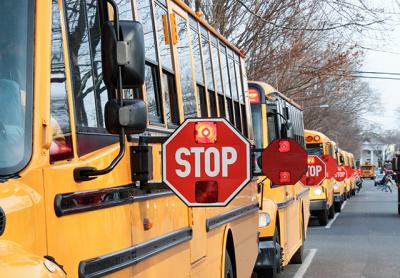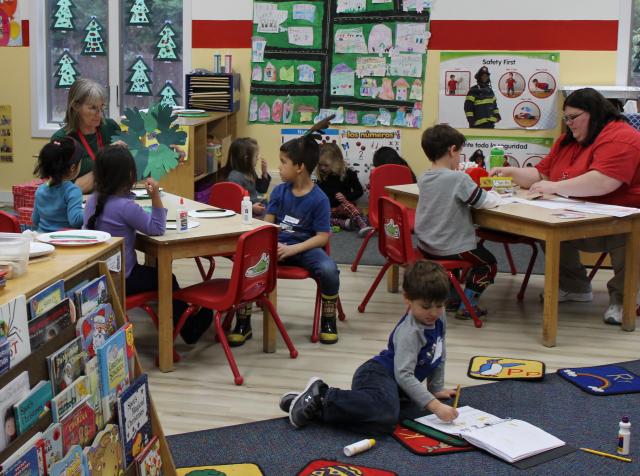Springs School Expansion Is Approved
Springs School Expansion Is Approved
Residents in the Springs School District voted 484 to 323 Tuesday to approve a $16.9 million bond necessary for the school's fiercely debated expansion. The district has also been cleared to apply $6 million from an existing capital reserve fund to help offset the total cost of construction, which is not to exceed $22.96 million.
The community's endorsement of the project has finally decided the fate of the cramped school building, originally intended for 350 students but serving 734 today. In the three years since the school board formed a facilities committee composed of various school and community stakeholders, and upon whose recommendation it was determined that additional space was needed, Springs residents have become deeply divided over the issue.
The architectural plans to add approximately 24,000 square feet of space and renovate 17,000 square feet have been labeled "the Taj Mahal" and called "grandiose" and "a mega expansion" by a group of detractors who believe the school board did not explore what they considered to be more cost-effective solutions, such as temporary classrooms.
Most recently, the rhetoric amped up to introduce immigration into the debate, when Manny Vilar, representing dozens of Springs residents who were determined to vote down the bond, said that a decrease in the Springs population, and therefore in its students, was imminent due to stricter immigration policies. In 2017 Mr. Vilar ran unsuccessfully for East Hampton Town supervisor on the Republican and Conservative Party tickets.
On the other side, residents rallied for improved learning conditions for Springs students, who are often forced to take state tests sitting in a hallway or unable to compete in certain sports because the school does not have a regulation-size gym. In addition, some supporters focused on improved health and safety conditions with all classrooms moving to one building, safer drop-off and pickup zones planned, and the environmental benefits of a new nitrogen-reducing septic system.
The expansion, school officials have repeatedly said, is not simply a matter of elbow room for students -- the average Springs student has 84 square feet of space while the average East Hampton Middle School student has 293 square feet -- but a matter of safety and compliance with state standards, as the school is forced to push fire and safety limits on a daily basis.
In addition to upgrades to the aging infrastructure, including new roofing and windows, the expanded school building will feature seven additional classrooms, including a technology and science lab, a middle school regulation-size gymnasium with locker rooms, renovation of the art and music rooms to be compliant with the Americans With Disabilities Act, renovation of 17 small instructional spaces to support New York State Education Department compliance standards, an environmentally friendly septic system, parking and traffic improvements, and junior high regulation-size soccer and baseball fields.
With the bond greenlighted, the school estimates that construction will begin in July 2019, following the approval of required permits, with work projected to be completed in 2021.





